How Can the Transportation Planning Board Support Metro?
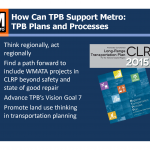
Metro and the Transportation Planning Board (TPB) engaged in a wide ranging discussion with TPB board members about how the TPB and the region’s jurisdictions can support Metro now and in the future. Not surprisingly, there’s a lot more to it than just predictable funding.
At the December 16th Transportation Planning Board (TPB) meeting (audio), Metro Board Member Harriet Tregoning gave the final presentation (pdf) and facilitated a discussion on Metro’s challenges and provided specific recommendations and/or opportunities for the TPB and local jurisdictions to increase their support the Authority today, tomorrow, and into the future. The focus of the discussion was specifically on plans, processes, and actions that the TPB and local jurisdictions can modify or begin that will ensure predictable funding and/or enhanced funding options, incorporate land use as a transportation strategy, increase transit-supportive land use decisions, prioritize bike and pedestrian access, and advance bus priority on the streets that local jurisdictions operate.
Last summer, TPB members requested a more extensive conversation surrounding Metro’s challenges as well as recommendations on how TPB, through its plans and processes, and local jurisdictions, through their decisions and funding, could support Metro. Metro opted to provide three presentations and the December presentation built on information provided at the November 18th meeting (audio) on Metro Fundamentals (pdf) and Momentum (pdf) that were given by Tom Webster, Managing Director of Metro’s Office of Management and Budget, and Shyam Kannan, Managing Director of Metro’s Office of Planning. The November presentations served to ensure a baseline understanding across TPB Board members, highlight our capital and operating challenges, and identify safety, state of good repair, and longer term needs to ensure safe, reliable transit that meets the growing region. Read more…

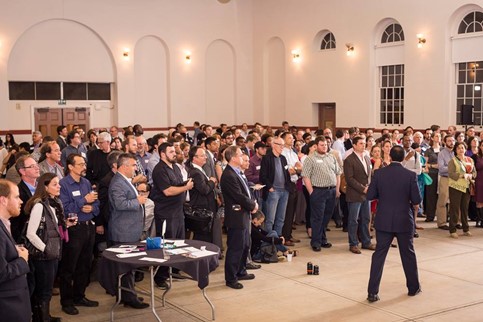
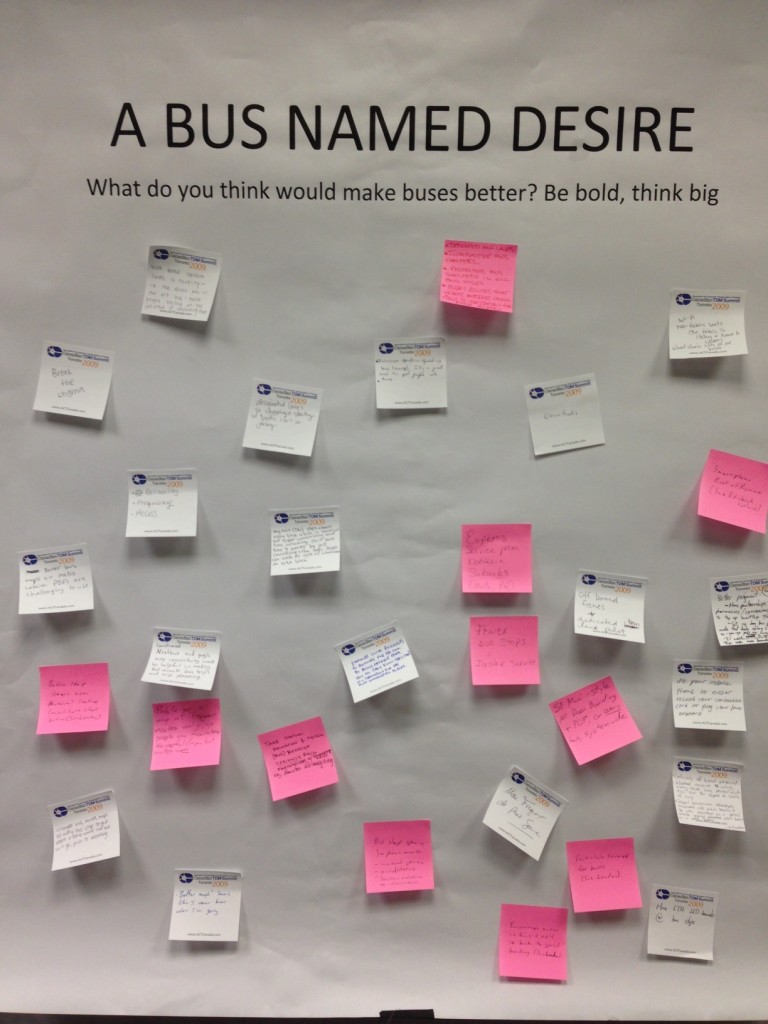 A Bus Named Desire was the question of the day at Metro Planning staff’s StreetsCamp session last Saturday. We asked what participants thought would make a better bus – from any perspective. What are the things that transit agencies and local jurisdictions could do speed up buses, increase the level of comfort for potential riders to ride the bus, change service, etc.
A Bus Named Desire was the question of the day at Metro Planning staff’s StreetsCamp session last Saturday. We asked what participants thought would make a better bus – from any perspective. What are the things that transit agencies and local jurisdictions could do speed up buses, increase the level of comfort for potential riders to ride the bus, change service, etc.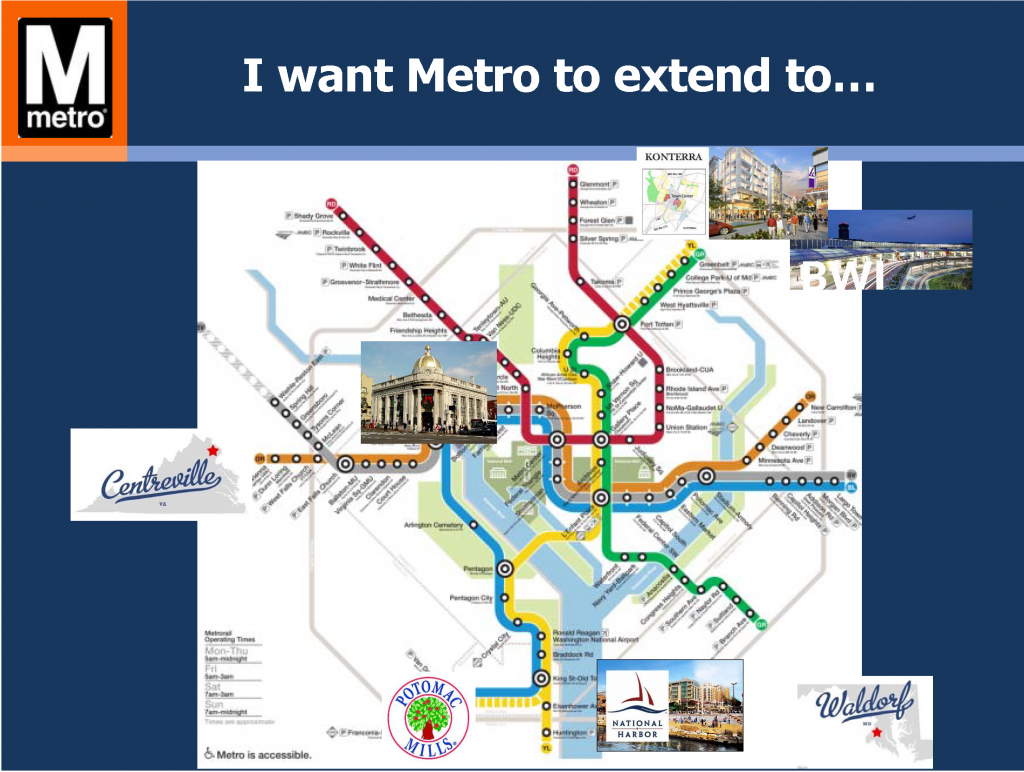


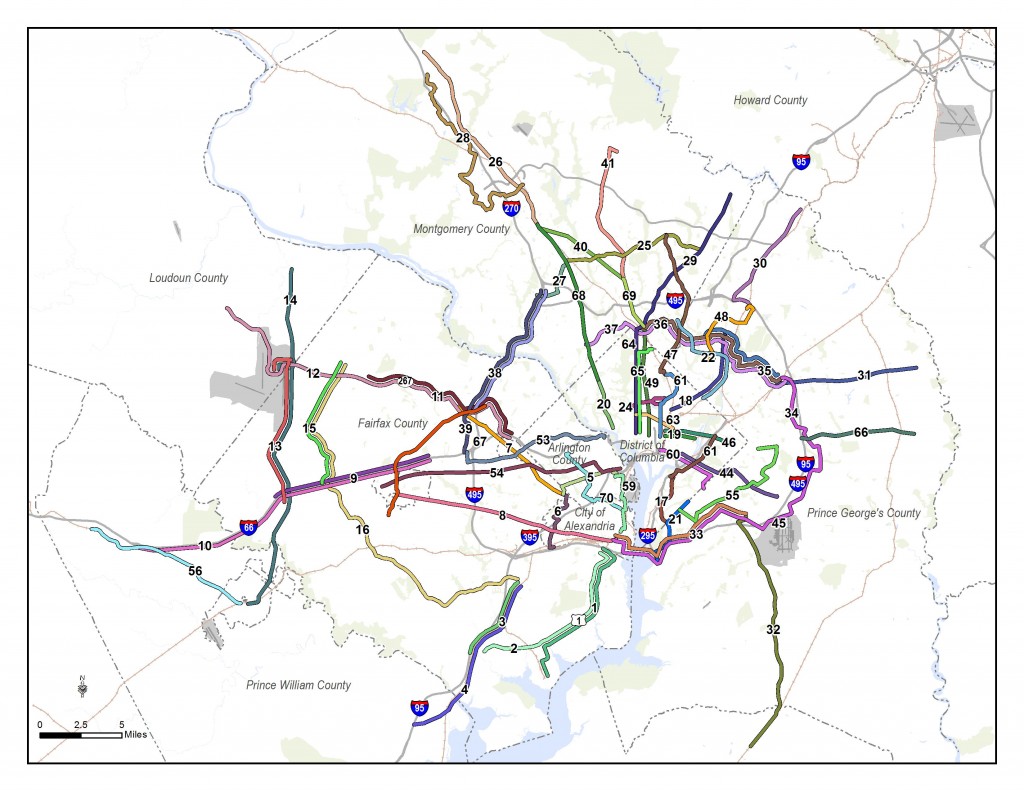
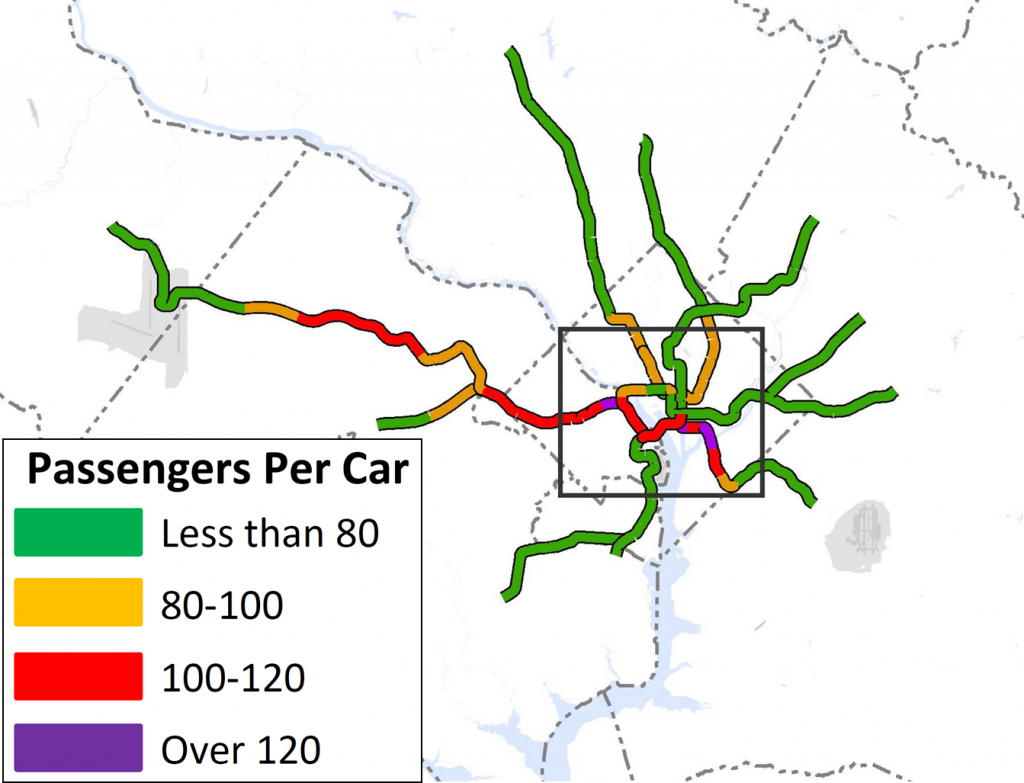
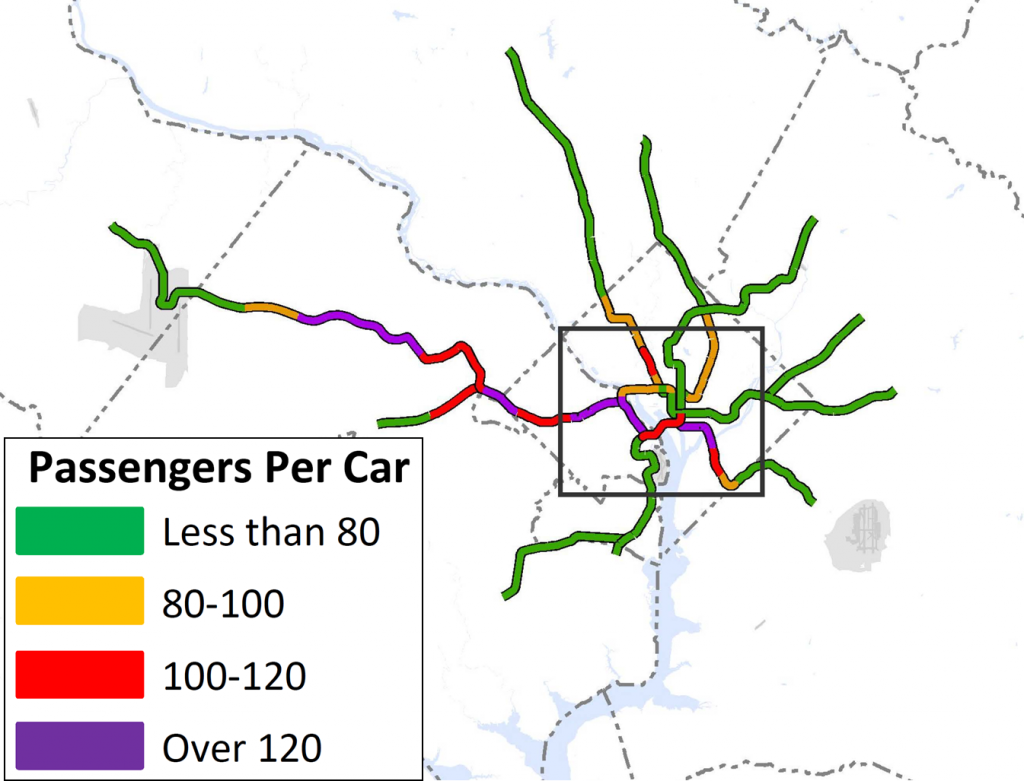
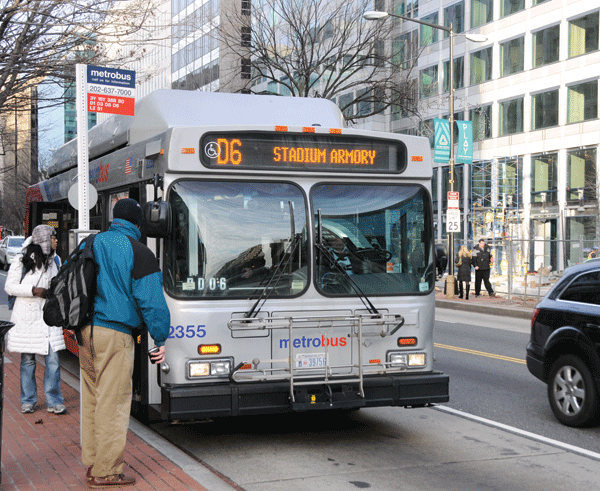
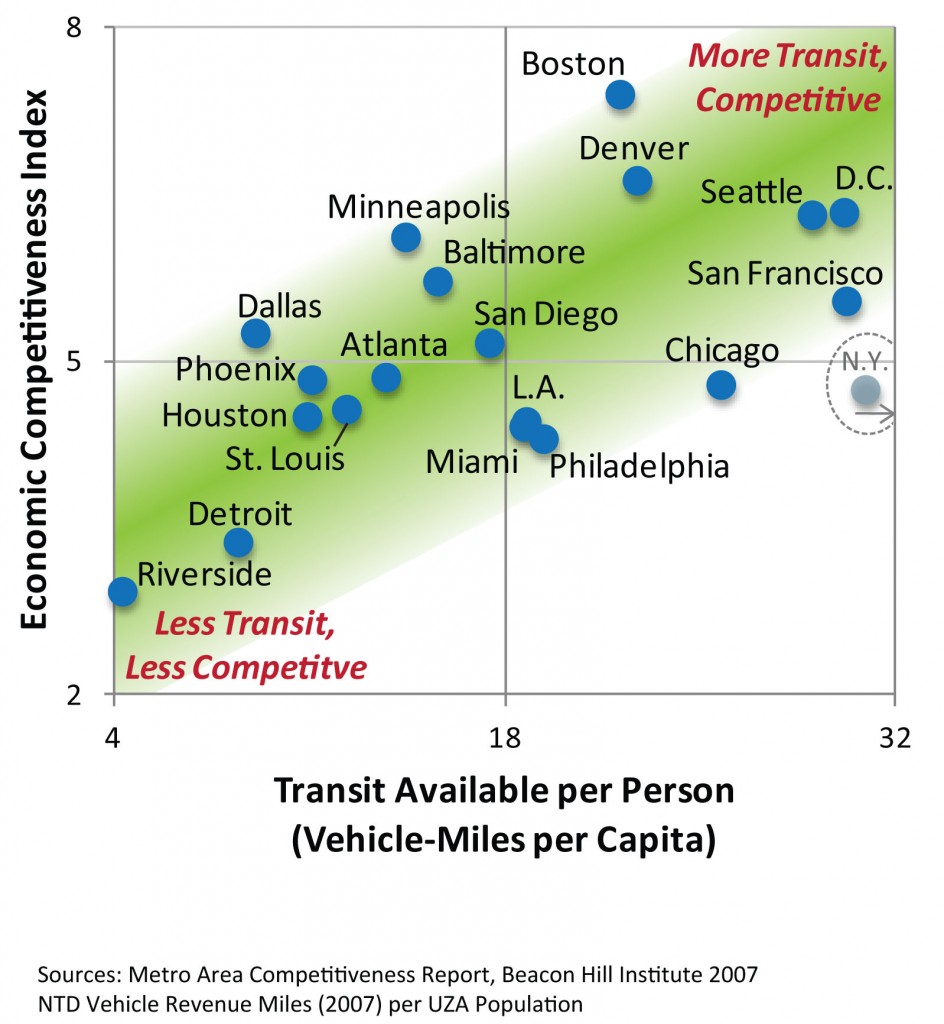
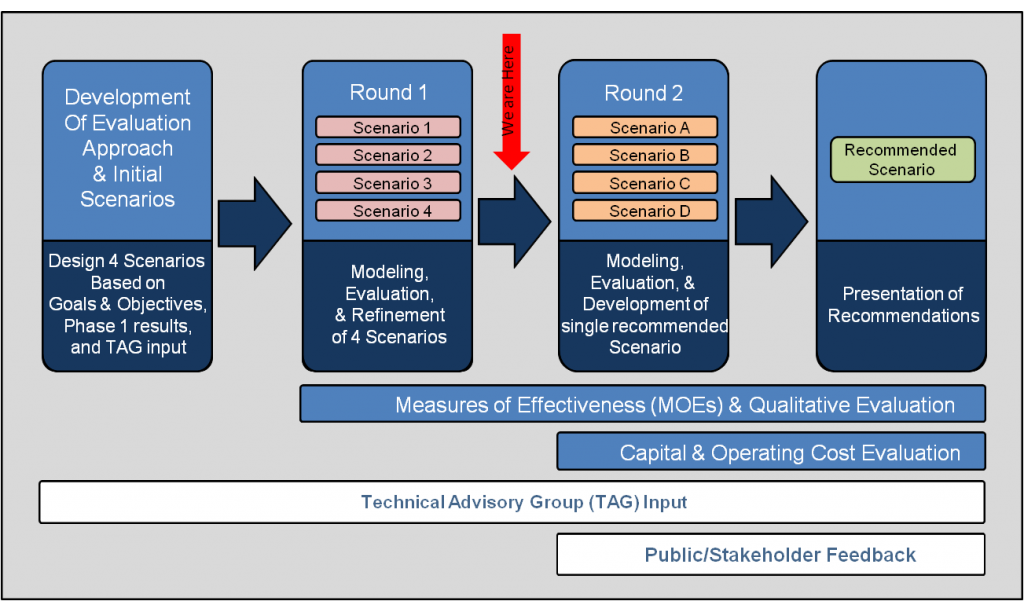

Recent Comments